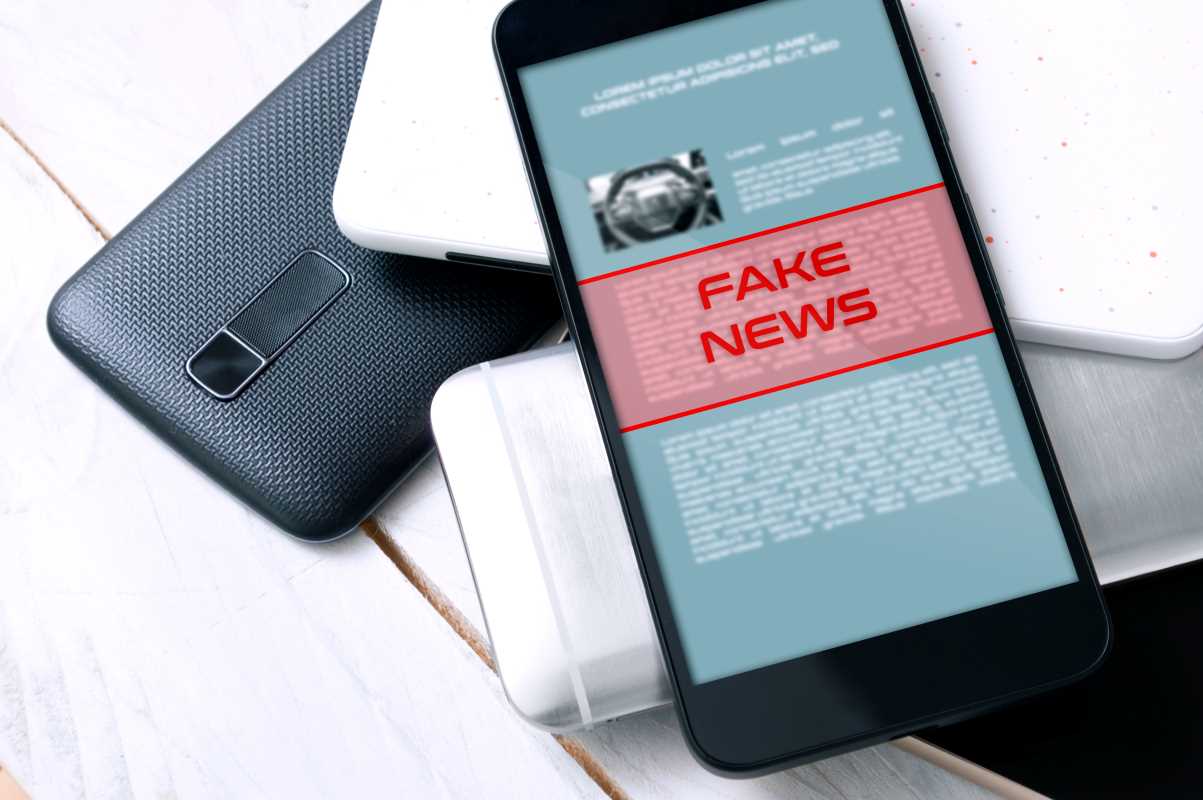The spread of fake news has become a big challenge in today's digital world, with misinformation traveling quickly across social media. Whether it's wild conspiracy theories or unfounded celebrity gossip, the rapid sharing of false information makes it harder for people to know what's true. While the internet was meant to bring people together and provide reliable information, it’s becoming trickier to separate fact from fiction. That’s why it’s so important to use fact-checking tools to make sure what we read and share is accurate. Let’s help create a more informed and trustworthy online space!
The Fake News Frenzy
Fake news isn’t new, but social media has taken it to a whole new level. Back in the day, misinformation had to work hard to get around. Now? A single tweet or Instagram post can rack up thousands of shares before anyone realizes it’s fake. And here’s the thing about fake news: it thrives on chaos. It preys on people scrolling quickly, emotionally, or just plain tired of digging for the truth.
Take the 2016 U.S. election as one of the most infamous examples. Fake news articles circulating online may have influenced opinions on a huge scale. Plus, misinformation about COVID-19 during the pandemic? Yeah, that literally cost lives. The stakes are higher than just clicking on a sketchy link. It’s about understanding issues correctly, staying informed, and spotting when someone (ahem, bots) is trying to manipulate us.
Why Fact-Checking Tools Are Game-Changing
Enter fact-checking tools. These bad boys are here to give us a fighting chance against misinformation overload. Picture them as your super-intelligent BFF who squares up against lies and fake data to help you set the record straight.
Here’s how they work. Fact-checkers use algorithms and databases to analyze news, posts, and data for accuracy. They’re like the Sherlock Holmes of the internet, cross-checking sources, tracking down the original info, and giving you neatly compiled receipts. Best part? You don’t need to be a tech genius to use them.
Examples of Fact-Checking Tools Crushing the Game
- Snopes: Snopes has been the MVP of detecting hoaxes since before fake news became a buzzword. If your great-aunt shares something wild about how caffeine will give you laser vision (it won’t, sadly), Snopes probably has an article breaking down why it’s false.
- Google Fact Check Explorer: Google said, “We see your misinformation and raise you instant research.” Their Fact Check Explorer lets you verify claims by typing in keywords. It works fast and gets straight to the point, which, chef’s kiss, is perfect for impatient scrollers like us.
- PolitiFact: PolitiFact is all about keeping politicians accountable. Their “Truth-O-Meter” literally ranks statements from true to “Pants on Fire” (lol). If you’re navigating news during an election or unraveling policy drama, PolitiFact will break it down without any spin.
- FactCheck.org: This nonprofit is a geeky dream for staying informed. It doesn’t just bust the myths; it explains why the information is misleading. Knowledge is power, after all.
These tools are perfect for quick checks when you’re not sure what’s real and what’s BS. They filter out the noise so we can focus on actual facts. And I mean, who doesn’t love being the person in the group chat dropping truth bombs when people start believing nonsense? Big main-character energy.
How Gen Z Can Use Fact-Checkers to Stay Smart
We’re not just passive internet users—we’re the most online generation there is. We run MULTIPLE accounts, consume content at lightning speed, and probably have a tab open right now for snack reviews on TikTok. But with that level of connection comes massive responsibility. The good news? We’ve basically been training for this since we were kids, Googling answers during class. These are some tips to level up your fact-checking game:
- Pause Before You Share
- If something seems too shocking (or clickbaity) to be real, double-check it. It takes two seconds to drop the headline into Google or a fact-checking tool.
- Follow the Source Trail
- That tweet citing “scientists” but doesn’t list any names? Yeah, shady. Always drill down to the source and see if it’s legit. Pro tip: If the original source is something like “alientruthnews.biz,” run.
- Spot Suspicious URLs
- Fake sites will often mimic real ones like “cnn-international.co” instead of cnn.com. Side-eye every unfamiliar link like it might infect your laptop with 2010 Windows pop-ups.
- Customize Social Media Feeds
- Fact-checking tools can work hand in hand with your social accounts. Platforms like Facebook and Twitter are introducing their own measures to flag misleading or fake posts. Make sure you’re turning ON those notifications.
By getting savvier, we can fight back against the tidal wave of fake news that tries to drag us under. Plus, the more we support fact-checking tools by actually using them, the better they’ll get at taking down the misinformation monsters.
Technology isn’t just making life faster; it’s making it smarter. New tools are popping up literally every day to tackle the misinformation crisis. It’s not just fact-checking either. AI innovations, libraries of verified data, and partnerships between news outlets and tech companies are growing stronger.
Our generation gets to be part of the solution. We’re already reshaping how activism, politics, and education play out online. By supporting truth-driven initiatives and holding platforms accountable, we can be the reason the internet stays useful instead of plunging into total chaos.
At the end of the day, we have the power to stay critical, curious, and informed. And TBH, knowing we aren’t falling for fake headlines is way more satisfying than falling for another unnecessary Shein haul TikTok ad. Facts > everything.







